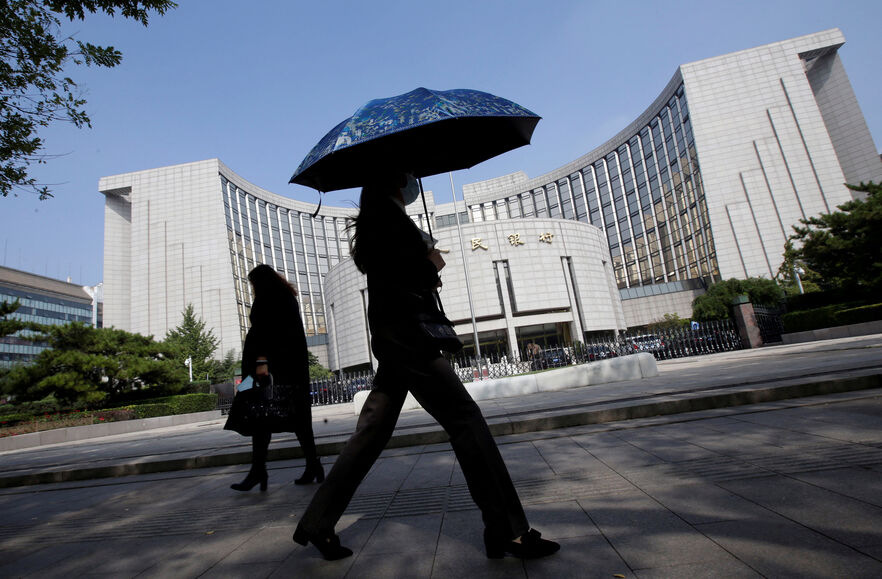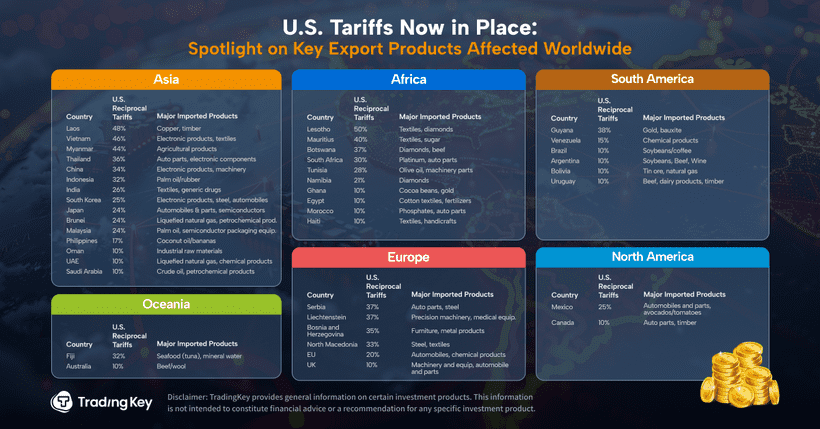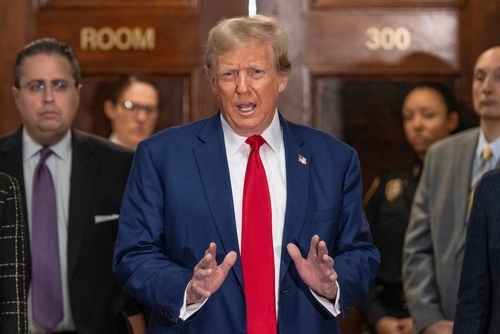[Reuters Breakingviews] Trump kicks all of Asia into the China tariff boat


HONG KONG, April 3 (Reuters Breakingviews) - Donald Trump’s second trade war is a battle of one against all. Reciprocal tariffs announced on Wednesday by the White House hit China with a hike of 34 percentage points, taking the fresh levies on exports from the People’s Republic up 54 percentage points in the 10 weeks since the U.S. president took office. Nor did he spare those who tried to surrender rather than retaliate. Some countries are worse off than others, but Washington has put all of Asia in pretty much the same tariff boat.
Japan gets a 24% levy despite its role as America’s geopolitical lynchpin in the region and massive foreign investment by giants like SoftBank 9984.T; South Korea’s many U.S. Army bases did not help it avoid a 26% hit; and neither did Taiwan’s vital role in supplying semiconductors for Silicon Valley titans, nor Taiwan Semiconductor Manufacturing's 2330.TW pledge to invest in American chip production, prevent a 32% hike.
The move also crushes the so-called China-plus-one strategy adopted by countries like Vietnam, now subject to tariffs that, at 46%, are almost on a level with the world’s second-largest economy from which it had been re-exporting finished goods to U.S. buyers. That will slam Chinese exporters which had grown to rely on re-routing goods through Southeast Asia, and were investing in factories there, all the more.
It might create an opening for India, which wants to expand its manufacturing sector. The South Asian nation faces a smaller 27% tariff and its high barriers to Chinese investment may ultimately support its attractiveness as a low-cost base to supply the U.S. But most global companies are unlikely to flip their supply chains until they see more stability in trade policy.
Optimists may hold out hope that partners can negotiate at least partial reversals before tariffs go into effect on April 9 or in the months afterwards. But U.S. tariffs in the Trump era are extremely sticky, and the conditions laid out in the president’s executive order requiring substantial capitulation on trade and security issues make successful negotiations much less likely.
All of this appears to play into China’s hands as Beijing seeks to cement its rising role as both regional hegemon and implacable supporter of free trade relative to Trump’s America, a giant market that is almost impossible to replace. Yet Beijing’s opposition to trade barriers goes hand in hand with its need to keep its vital exports sector humming to prevent surging unemployment and an even greater drag on sluggish growth.
The rest of Asia may now face an almighty flood of cheap Chinese foreign goods torpedoing local factories, and a hard choice about whether to throw up their own protectionist trade barriers. Major stock markets in the region fell on Thursday, led by a 3% fall in Japan's Topix .TOPX , as investors digested the immediate and long term impacts. The harsh reality is that there is no safe harbour in Asia, and the storm has already arrived.
Follow @KangHexin on X
CONTEXT NEWS
U.S. President Donald Trump announced retaliatory tariffs on April 2 with a 10% baseline levy for all trading partners but singled out those with the largest trade imbalances for bigger hikes, including 34% for China, 32% for Taiwan, 24% for Japan and 46% for Vietnam.
Trump’s executive order threatens higher tariffs on countries that retaliate and warns they could be increased if American manufacturing output worsens, though it also allows for possible lowering of tariffs if trading partners “take significant steps to remedy non-reciprocal trade arrangements and align sufficiently with the United States on economic and national security matters”.
Trump's tariff hikes deliver outsize hit to Asian economies








